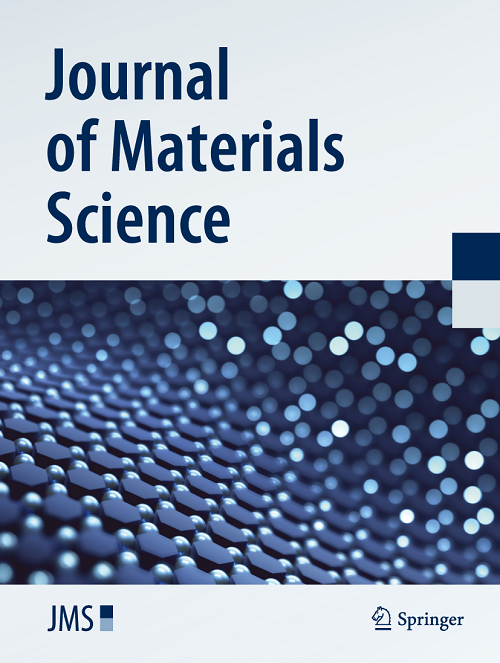Improving mechanical properties of dissimilar transient liquid phase bonded joint between inconel 718 alloy and 316LN steel by laser cladding with IN718 powder
Abstract
This study prepares IN718 alloy cladding layers on 316LN stainless steel substrates via laser cladding, followed by transient liquid phase (TLP) bonding to IN718 superalloy using BNi-2 paste. The effects of laser cladding process and bonding time on the mechanical properties of TLP joints were investigated. The results indicate that through laser cladding of IN718 alloy, Ti elements from the cladding layer react with N elements from the base metal to form the fine TiN particles, which significantly inhibits formation of the harmful BN phase at the interface, thereby markedly improving the interfacial bonding state and mechanical properties of TLP joints. When bonded at 1100 °C for 15 min, the laser-clad joint demonstrated 82.5% higher ultimate tensile strength and a remarkable 1152.8% improvement in elongation over the untreated joint. Unlike conventional TLP joints failing at the ISZ/DAZ-316LN interface, the laser-clad joints exhibit strengthened interfaces due to BN suppression, shifting fracture to the 316LN base metal. Extending the bonding time to 15 min or longer enables complete isothermal solidification, significantly improving joint toughness. Insufficient bonding time promote incomplete isothermal solidification, resulting in extensive precipitation of brittle intermetallic phases within the athermal solidification zone (ASZ). These precipitates act as stress concentration sites that facilitate brittle fracture. These findings provide a valuable guidance for optimizing dissimilar metal joints in comparable materials assisted by laser cladding.

 求助内容:
求助内容: 应助结果提醒方式:
应助结果提醒方式:


